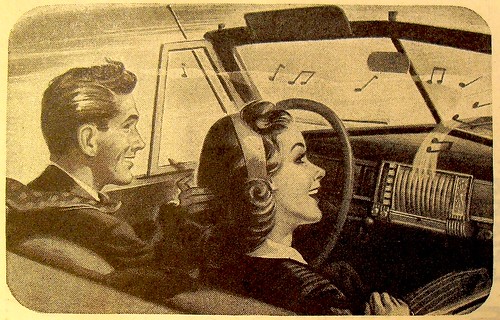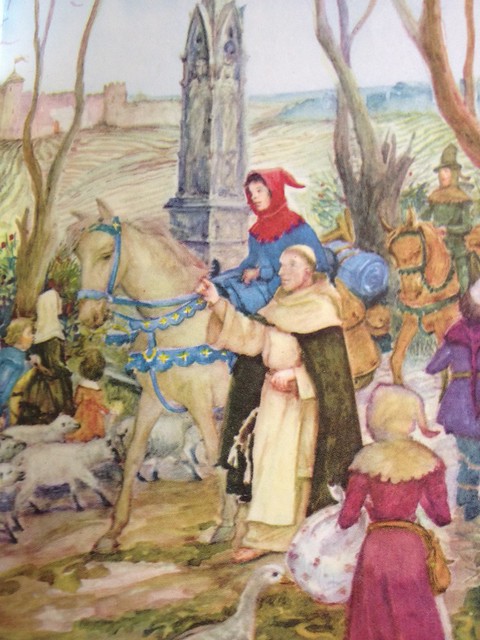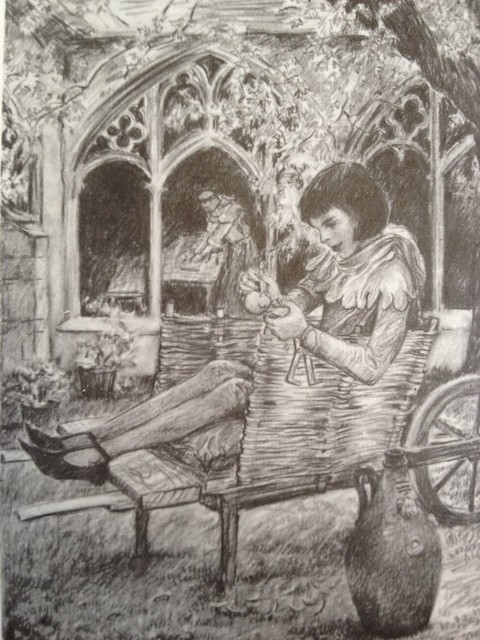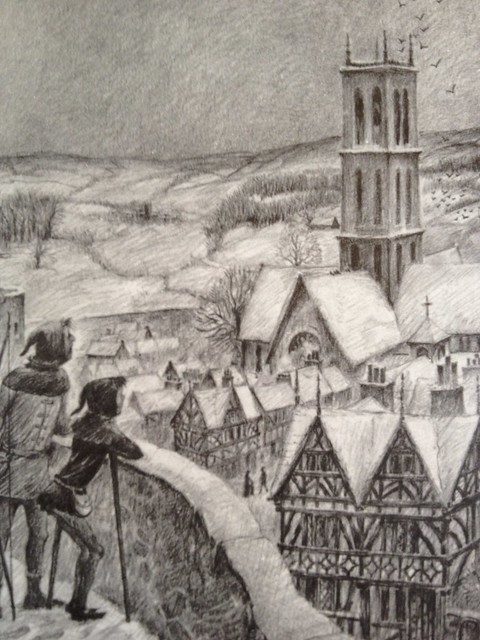1982's Poltergeist opens with a wonderful montage of modern suburban American life — kids hanging out (unsupervised) in their neighborhood, pulling pranks, having fun. Inside the home Star Wars bed sheets and other toys litter a child's room and speak of a comfortable, media-savvy life. The story quickly follows a family of five, the Freelings — Steve (Craig T. Nelson), Diane (JoBeth Williams), teenage Dana (Dominique Dunne), and younger kids Robbie (Oliver Robins), and Carol Anne (Heather O'Rourke), who live in a two-story house in the Cuesta Verde development where Steve is the real estate agent — the Freelings were actually the first family to move into the neighborhood.
The youngest child Carol Anne is the first of the family who seems to know that everything is not normal in their house, especially when people start talking to her from the family's television set, "They're here." Things quickly get ghostly, and it is fun for both the audience and the family to see evidence of their unusual visitors. Hip mom Diane is thrilled at first, even devising a game with their unseen guests in the kitchen. But things quickly take a sinister turn, and during a stormy night Robbie is attacked and Carol Anne disappears somewhere inside the house.
 |
| At first the ghosts are all fun and games |
 |
| But the mood quickly changes, complete with a creepy clown doll |
 |
| Hip mama turns into fierce warrior to protect her family from supernatural forces |
Steve (looking over the site of a new development in Cuesta Verde), "Not much room for a pool, is there?"
Teague (Steve's boss, played by James Karen), "We own all the land. We have already made arrangements to relocate the cemetery."
Steve, "You're kidding. Oh, come on. I mean that's sacrilege, isn't it?"
Teague, "Don't worry about it. After all, it's not ancient tribal burial ground. It's just ... people. Besides, we've done it before."
For years there have been conflicting reports about whether Tobe Hooper actually directed the movie, or Steven Spielberg, who came up with the original story and worked on the screenplay and was one of the producers. Spielberg didn't help matters any by saying:
"Tobe isn't ... a take-charge sort of guy. If a question was asked and an answer wasn't immediately forthcoming, I'd jump in and say what we could do. Tobe would nod agreement, and that become the process of collaboration." — Douglas Brode, The Films of Steven Spielberg. New York: Citadel Press, 2000, p. 102.The special effects are quite good for the time, not just in execution, but originality. It still strikes the viewer as clever how the "ghostbusters" create a paranormal path through the house to find and rescue Carol Anne. Hooper gets director credit, but Spelberg's influence is apparent throughout the film. Perhaps Hooper's laid-back nature helped minimize Spielberg's usual sense of wonder, which at times can get a little forced or syrupy.
Poltergeist has heart, but it also has menace, a feature lacking in Spielberg films. The only bum note in the film, however is pure Spielberg — the scene in the bathroom with one of the parapsychologists that the Freelings call in to help find their daughter, where hands pull his face apart in front of the bathroom mirror. Like the melting Nazi from 1981's Raiders of the Lost Ark, a scene just put in to show off and gross out the audience. According to imdb, the hands used in the shot were actually Speilberg's, too.
Poltergeist has all the elements of a classic horror film. An innocent but spooky little girl, clever dialogue, a creepy clown, a highly original character, Tangina the ghostbuster, played by Zelda Rubinstein. But what really makes Poltergeist special and eminently re-watchable are the characters. JoBeth Williams and Craig T. Nelson are wonderful and sexy as the parents. Their love for each other and their children is so strong you believe they could go to hell and back to get their kid. Rumors of a remake have been circulating for a few years. There is actually a page for the remake on imdb, which makes it seem more real. If this does eventually happen, it is highly unlikely that it will be anywhere near as good as the wonderful original. The last scene, when dad Steve pushes a television set out of their motel room is brilliant, and needs no updating. Poltergeist is definitely a classic, and I think, Spelberg's best film.




































